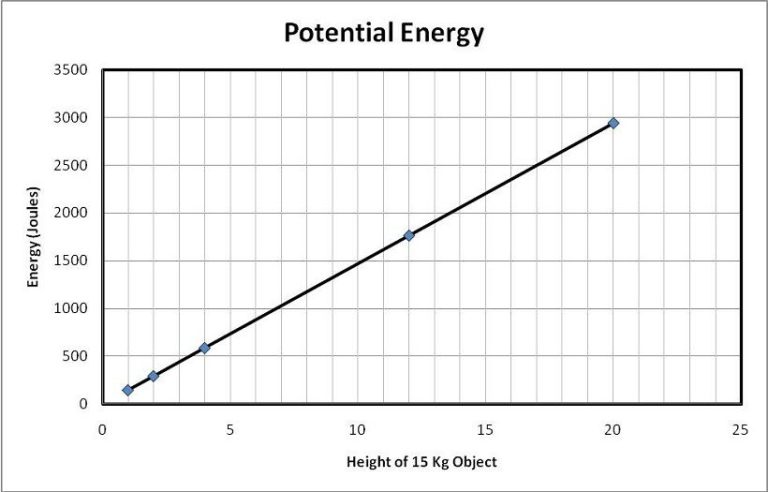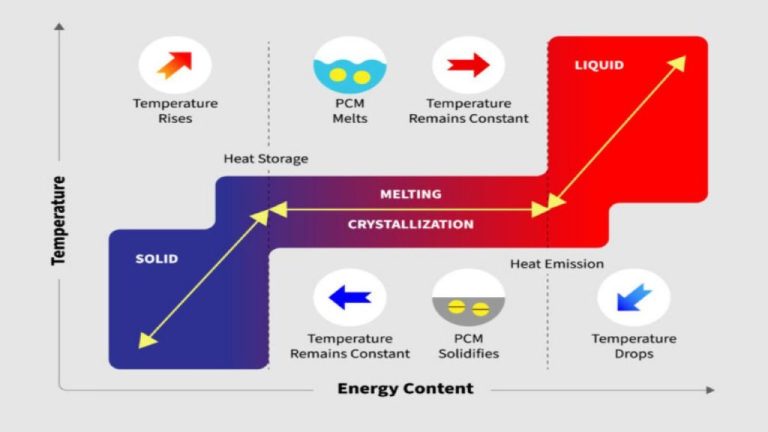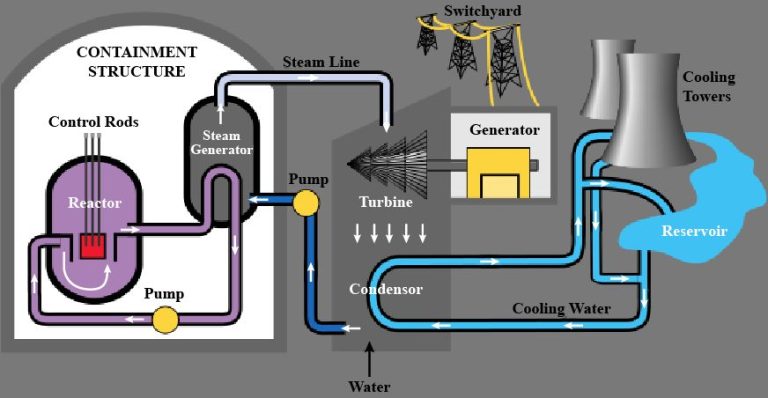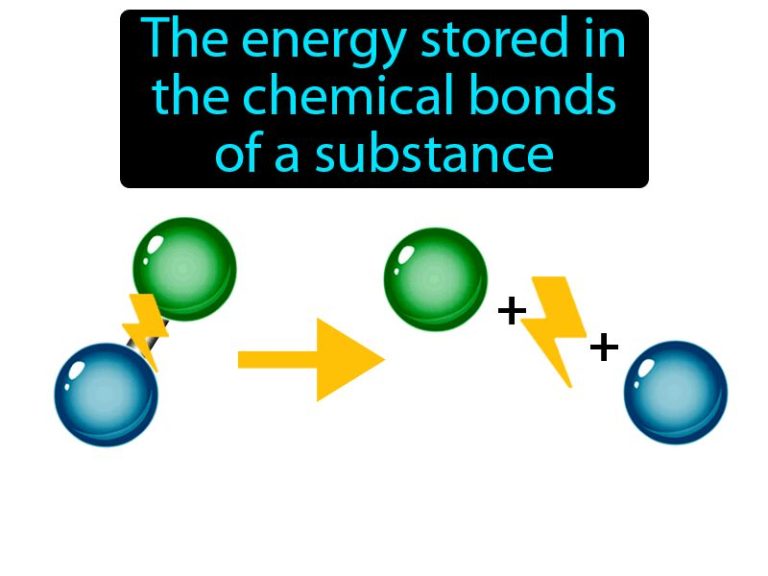What Material Can Absorb Energy?
Energy absorption refers to the ability of a material to take in kinetic energy and dissipate it, rather than transferring the energy back to the source. When an object collides with or impacts an energy absorbing material, the material deforms to reduce the acceleration felt by the object and absorb the kinetic energy. This helps protect the object from damage or injury.
Many materials have energy absorbing properties to varying degrees. The most common and effective energy absorbing materials include metals, plastics, ceramics, wood, fabrics, foams, liquids, and gases. Each material absorbs and dissipates energy through different mechanisms based on its molecular structure and physical properties. By selecting the right material for an application, the impact or collision energy can be managed in a way that minimizes damage.
Metals
Metals are excellent at absorbing thermal energy due to their high thermal conductivity. Materials like copper and aluminum have a molecular structure that allows heat to quickly transfer through them. The free-flowing electrons in metals can readily absorb thermal energy, causing the metal’s temperature to rise rapidly. This gives metals the ability to absorb and dissipate large amounts of heat energy through conduction.
Copper in particular has been used for centuries in cooking pots and pans because it heats up very quickly on the stove. Copper is also used to make heat sinks that absorb heat from electronic components and dissipate it rapidly to prevent overheating. Aluminum finds widespread use in construction, vehicles, and packaging because it is lightweight while still being able to absorb and conduct heat efficiently.
While metals are exceptional at conducting thermal energy, their ability to absorb other forms of energy like light, sound, and kinetic energy depends greatly on the specific metal and its molecular structure. Their high thermal conductivity does allow many metals to absorb heat generated from these other forms of energy. Overall, the free electron structure found in most metals makes them one of the best material choices for absorbing thermal energy.
Plastics
Plastics are materials made from synthetic or semi-synthetic polymers. They are generally poor conductors of heat and electricity. However, plastics are effective at absorbing kinetic energy, which allows them to reduce impact and shock.
When an object strikes plastic, the polymer chains shift and slide, dispersing the energy. This prevents the energy from being transmitted through the material. As a result, plastics can cushion impacts and make materials more fracture resistant.
For example, plastic bumpers on cars can absorb the impact in a collision by crumpling and deforming. Football and bike helmets contain inner plastic layers that compress on impact to protect the head. Plastic packaging can also protect electronics and other fragile items during shipping.
The molecular structure of plastics gives them flexibility and high damping properties. Engineers often use plastics specifically for impact protection and energy absorption. With the right molecular design, plastics can be optimized to cushion shocks, vibrations, and blows.
Ceramics
Ceramics such as bricks, concrete, and tiles are excellent at absorbing heat energy. The low thermal conductivity of ceramic materials allows them to act as thermal insulators. When heat energy is applied to a ceramic material, the energy gets trapped within its rigid crystalline structure rather than being quickly conducted through it.
The ability of ceramics to absorb and retain heat energy makes them very useful for things like firebricks in fireplaces and wood-burning stoves. The bricks absorb heat from the fire and radiate it back into the room over time. Ceramic tiles similarly will absorb heat and help radiate it in kitchens or bathrooms.
Ceramics are also used to make thermal insulation that’s effective at reducing heat transfer. Foam insulation is sometimes reinforced with ceramic fibers to improve its ability to absorb and trap heat energy. The porous nature of ceramic materials gives them many internal spaces and surfaces for absorbing thermal energy.
So in summary, ceramics are very effective at absorbing heat energy rather than quickly conducting it away. This property makes them extremely useful as firebricks, tiles, and insulation to help retain heat.
Wood
Wood is an excellent natural material for absorbing sound and vibration energy. The cellular structure and porous nature of wood enables it to effectively absorb acoustic energy and dampen vibrations. When sound waves hit wood, the energy gets dissipated as heat energy within the wood fibers and cell walls. The more porous and fibrous the wood is, the better its acoustic absorption properties.
Wood absorbs sound through several mechanisms. The primary mechanisms are viscous losses and porosity. As sound passes through the microscopic pores and passages within wood, the friction and drag results in conversion of acoustical energy into heat. The porosity and layered grain structure creates a tortuous path that further dissipates the energy. Woods with uneven grain patterns tend to absorb sound better. The absorption efficiency is also influenced by density, thickness, moisture content and more.
Softwoods like pine are great acoustic absorbers and commonly used within walls and ceilings for soundproofing. Their low density and high porosity makes them effective at absorbing noises over a broad frequency range. Hardwoods are denser and less porous, but still absorb some mid and high frequency sounds. Wood acoustic panels of 1-2 inch thickness on walls can significantly dampen echoes and reverberation within rooms. Thicker wooden baffles and diffusers can help absorb sound in open spaces. Overall, the natural cellular structure makes wood an excellent renewable material for controlling noise through absorption.
Fabrics
Fabrics such as wool and cotton provide good acoustic insulation properties and can absorb sound energy effectively. The fiber structure and porous nature of fabrics enables them to absorb and dissipate acoustic energy through friction and heat losses as sound waves pass through the material. The bulkiness and thickness of fabrics also allows them to reduce noise by blocking and obstructing direct sound pathways.
Wool fabrics in particular contain tiny air pockets between fibers that reflect and absorb sound waves. The natural complexity of wool fibers creates a tortuous path that dissipates acoustic energy. Cotton also exhibits decent sound absorption thanks to its textured fibers and woven construction. The absorption capabilities of fabrics can be enhanced by using multi-layered fabric constructions to increase thickness.
Fabrics are very useful as sound absorbing materials because they are cost-effective, eco-friendly and readily available. They can be easily incorporated into interior spaces as curtains, wall drapes, upholstery or insulation to help manage noise levels. Their versatility and aesthetic appeal makes fabrics a practical option for sound absorption in many residential and commercial settings.
Foams
Foams are often used to absorb different types of energy. Foams are made up of gas bubbles trapped within a solid or liquid material. The gas bubbles provide compression when force is applied, allowing foams to absorb impact energy. For example, foam padding is often used in helmets and other protective gear to cushion impacts.
The gas bubbles in foam also make it effective at absorbing sound energy. Foam materials can dampen noise and vibrations by compressing when sound waves hit them. Acoustic foam panels use this property to control noise in spaces like recording studios.
Thermal energy can also be absorbed by foams. The gas bubbles create pockets of air that act as insulation. The trapped air slows down the transfer of heat energy. Foam insulation materials take advantage of this to help keep buildings and appliances energy efficient by preventing heat loss or gain.
Overall, the compressible nature of the gas bubbles in foams allows them to absorb kinetic energy from impacts, acoustic energy from sound, and thermal energy from temperature changes through compression.
Liquids
Liquids such as water have a high capacity to absorb heat energy. This is due to water’s high specific heat capacity, which is the amount of heat energy needed to raise the temperature of 1 gram of the substance by 1 degree Celsius. Water has a specific heat capacity of 4.18 J/g°C, which allows it to absorb large amounts of heat energy before increasing in temperature.
When water absorbs heat energy, the added energy excites the water molecules and causes them to move faster and spread apart. However, water maintains its liquid state and doesn’t immediately convert the added heat energy into a temperature increase. This allows water and other liquids with high specific heat capacities to act as excellent heat absorbers and heat storage mediums.
Some examples of how water’s high heat absorption capacity is utilized include using water as a coolant in nuclear reactors, adding thermal mass to buildings with water tanks, and using water in heat exchangers for energy storage. Water’s ability to absorb ample amounts of heat is integral to regulating climate and in many engineering applications.
Gases
Gases can absorb significant amounts of energy through increased molecular motion. As energy is added to gas molecules in the form of heat, the molecules move faster and bump into each other more forcefully. This increased molecular vibration and rotation is how gases absorb and store energy.
Gas molecules have more free space to move than molecules in solids and liquids. This allows them to absorb larger amounts of kinetic energy through collision and motion. The absorbed energy causes the gas temperature to rise. This is the reason heating a gas increases its temperature more noticeably than heating a solid or liquid.
Different types of gas molecules absorb different amounts of energy based on their molecular mass. Smaller and lighter gas molecules like hydrogen and helium absorb energy and heat up faster than larger gas molecules. The absorbed energy causes the gas to expand in volume as the molecular motion increases.
Gases play an important energy absorption role in many systems. For example, the Earth’s atmosphere absorbs heat through the kinetic motion of nitrogen, oxygen, and other gas molecules. Gas-phase coolants in refrigeration systems absorb heat through evaporation. The ability of gases to readily absorb energy through increased molecular motion makes them essential for energy storage and transfer applications.
Conclusion
There are various materials that can absorb different types of energy, from metals that absorb kinetic energy and help prevent damage in a collision, to insulation materials like fiberglass that absorb and trap heat energy to prevent it from transferring. Plastics and rubber compounds are exceptional at absorbing mechanical energy like vibration and noise, preventing their transmission. Ceramics are great thermal insulators due to their low thermal conductivity, making them effective at absorbing heat energy. Many wood products absorb sound and vibration energy quite well. Fabrics like wool or specially engineered materials can readily absorb thermal energy and insulate against heat or cold. Foams absorb energy exceptionally well, including shocks, sound, heat, and more. Even liquids and gases can absorb certain types of energy like radiation and heat through various mechanisms. By understanding the properties of different materials, we can select the right ones to absorb the energies we need to control in many situations.







